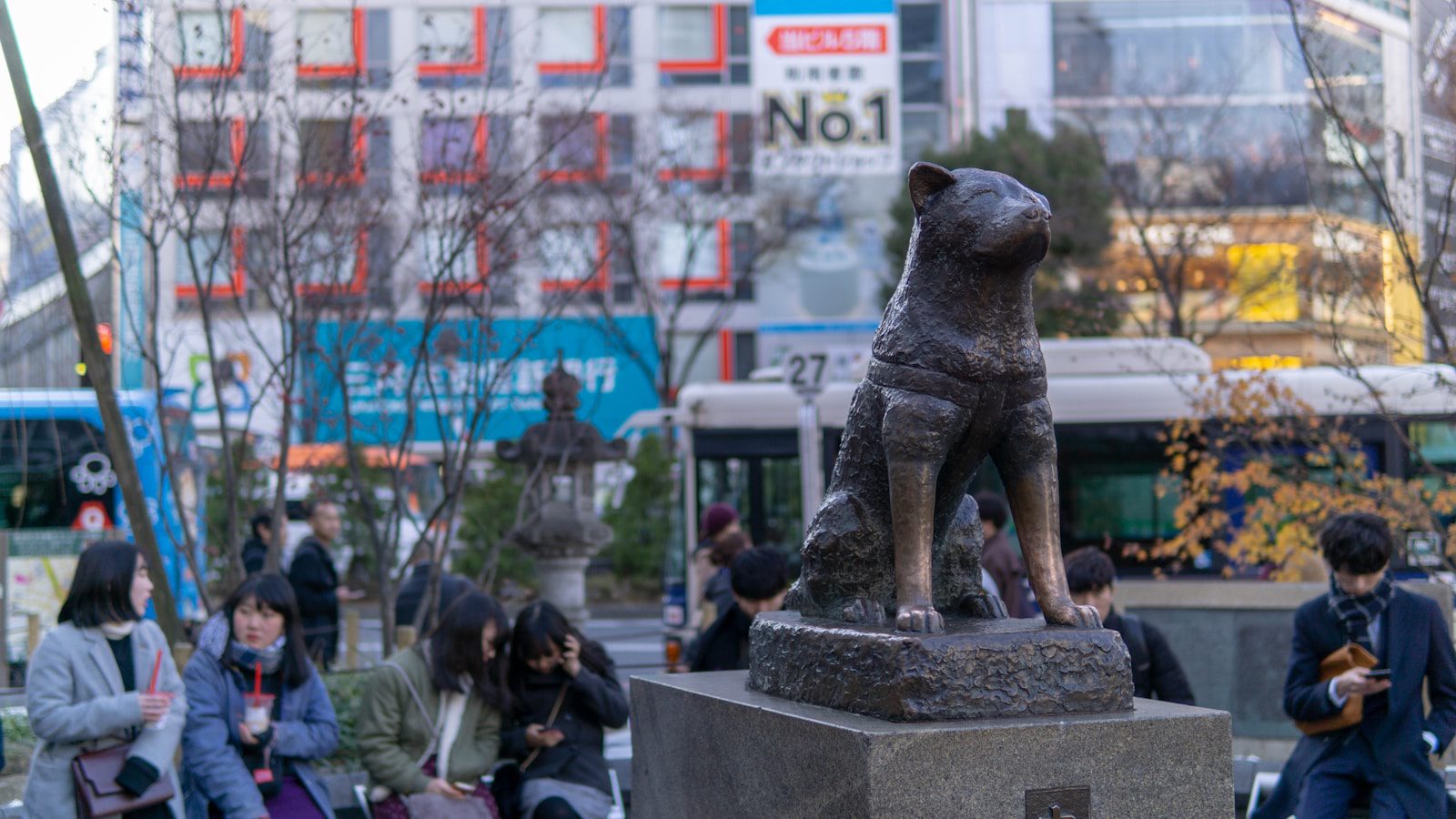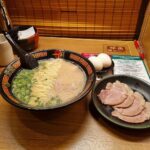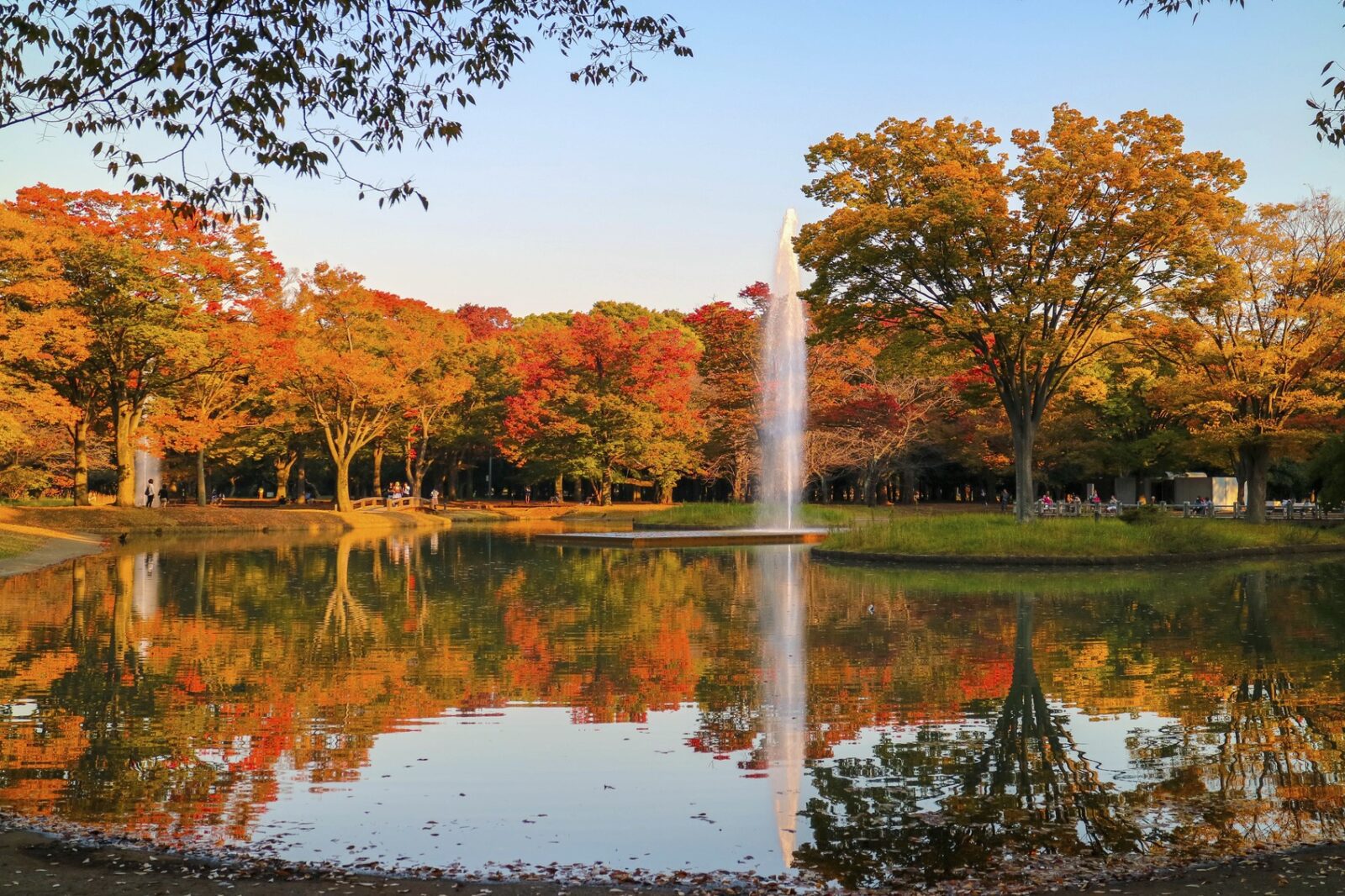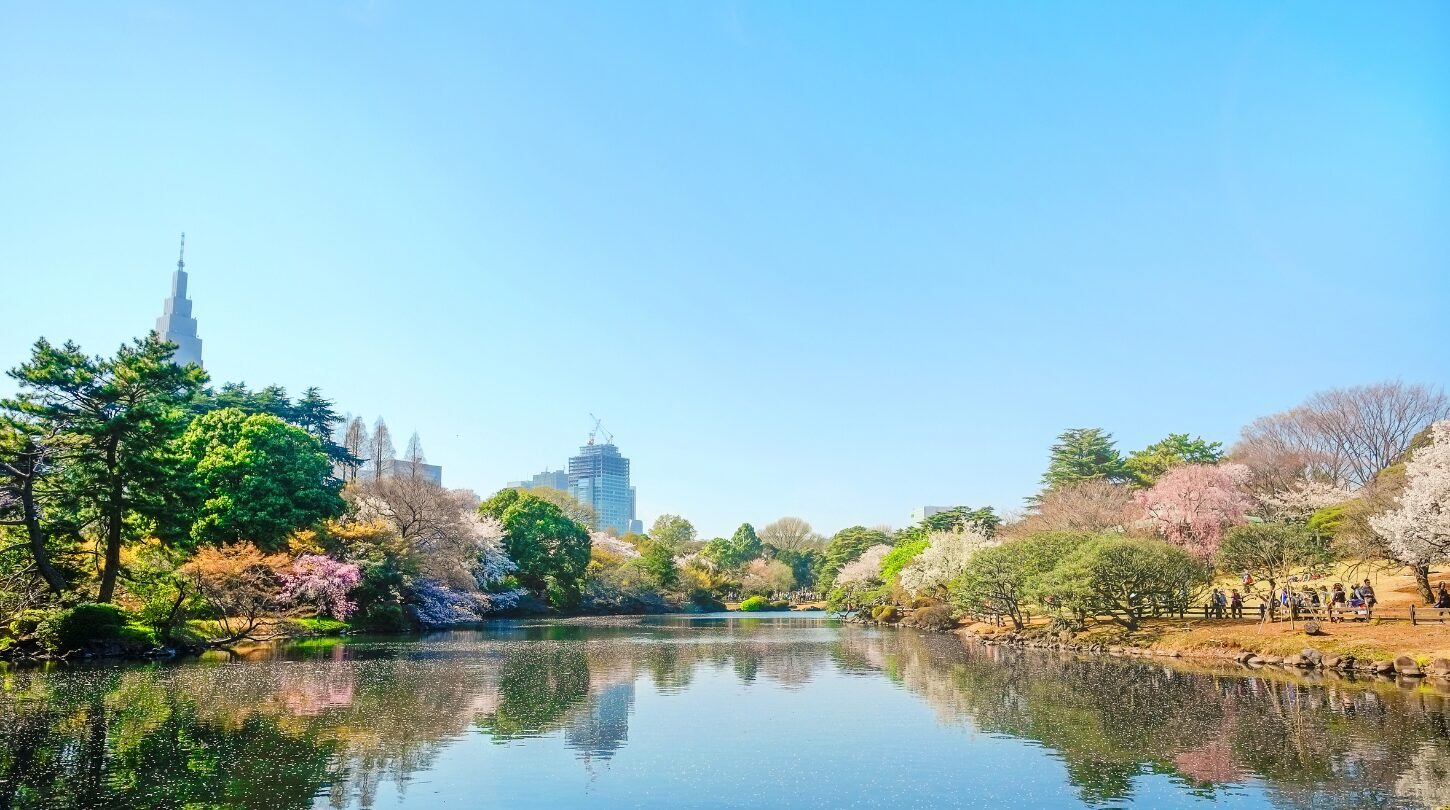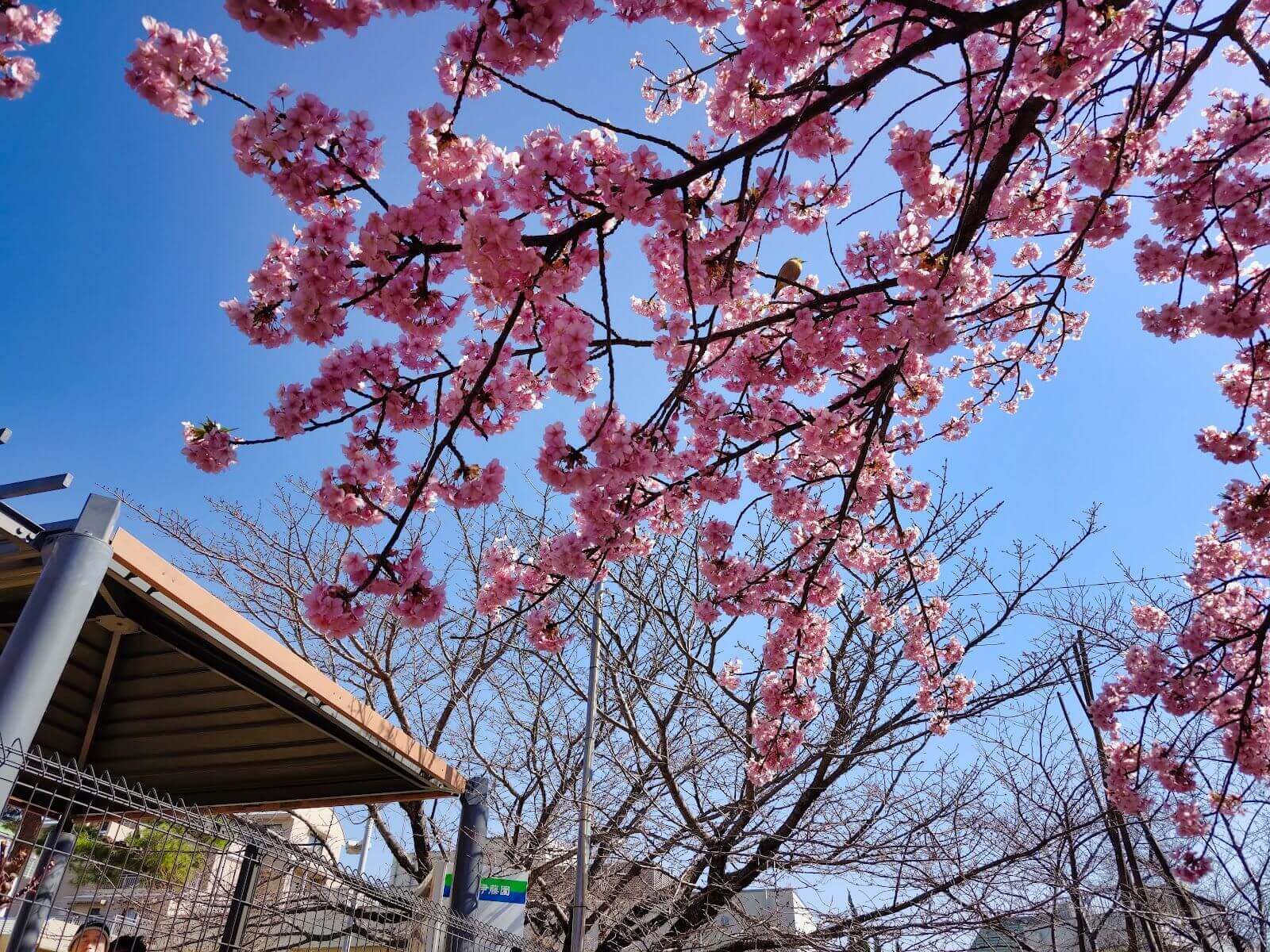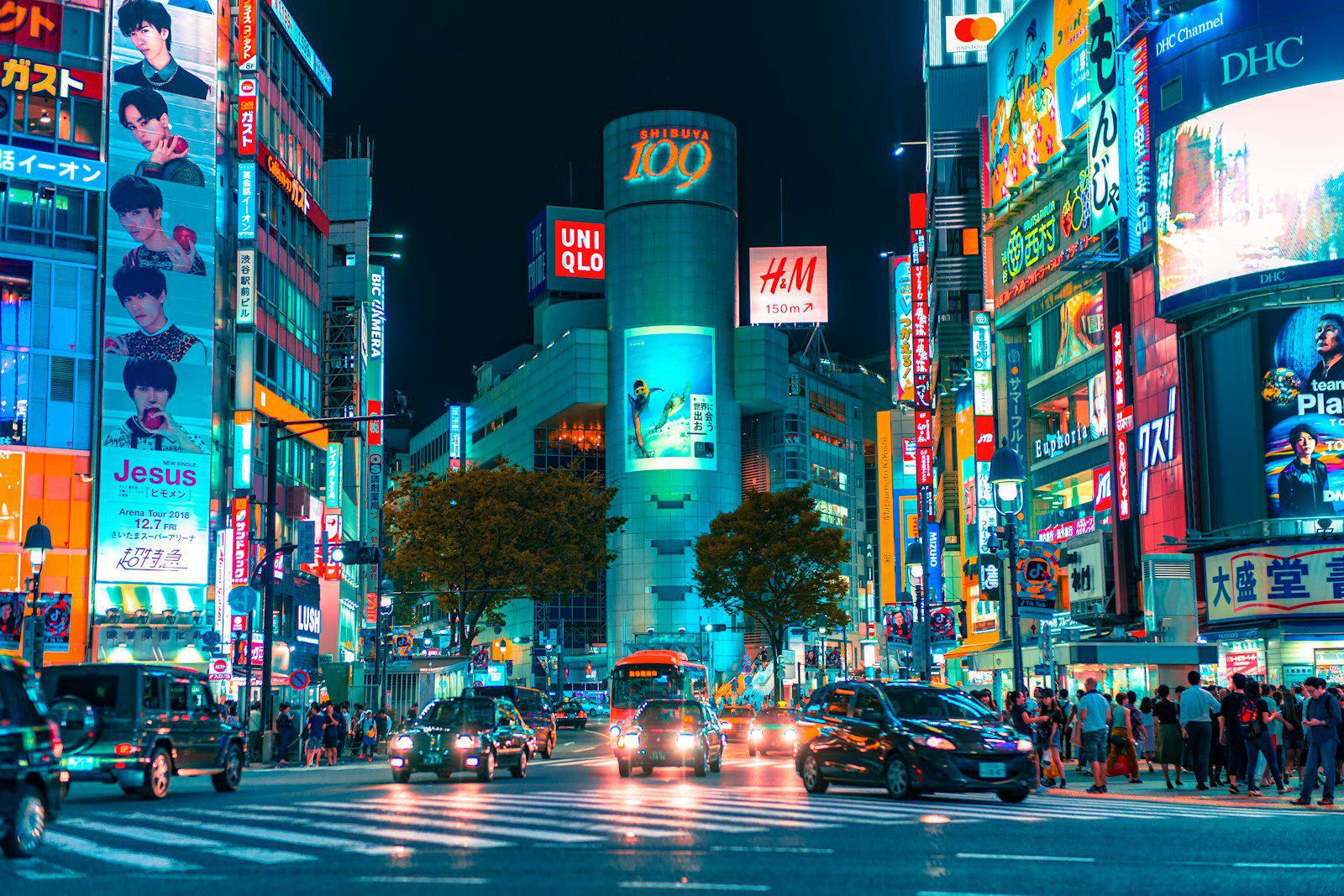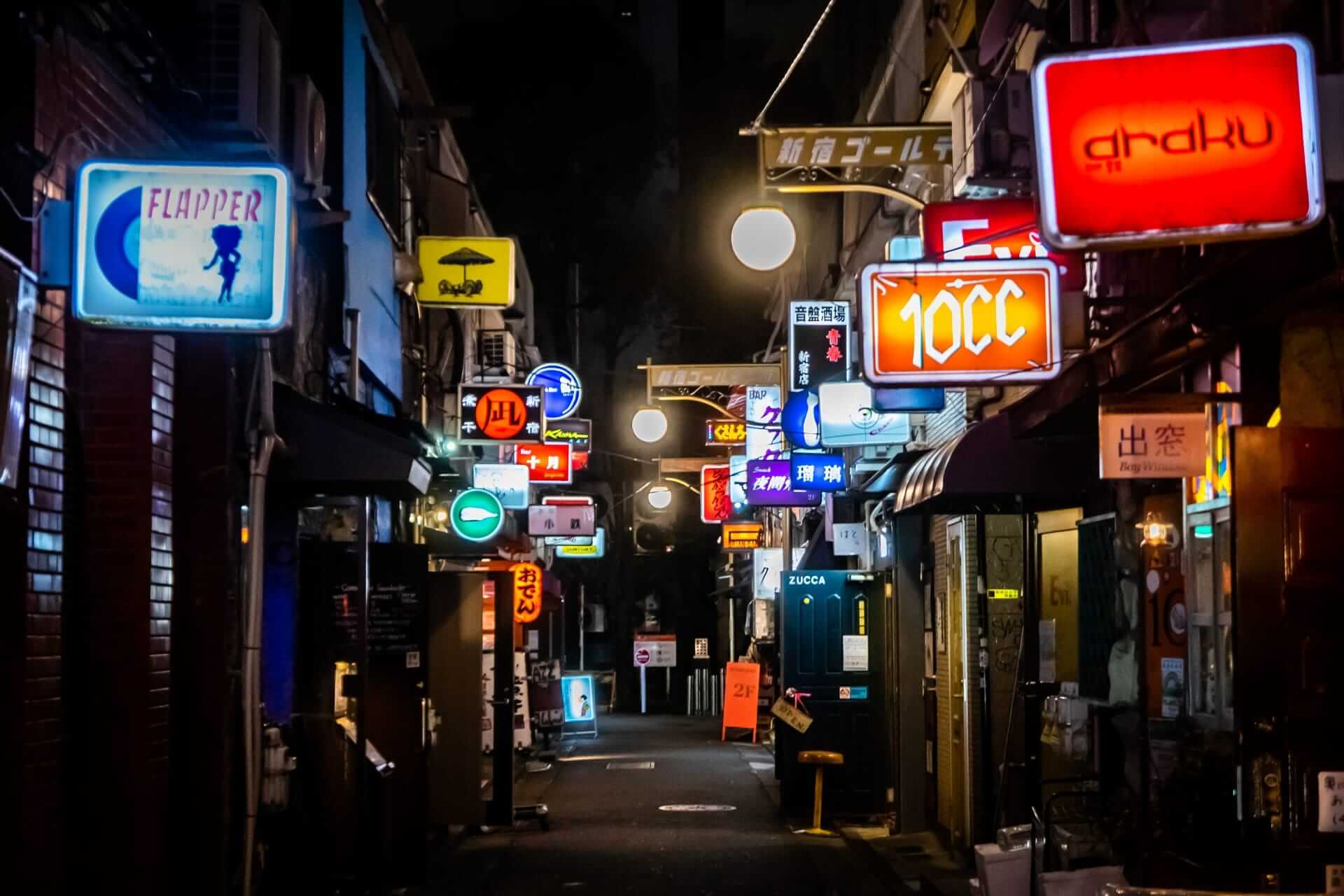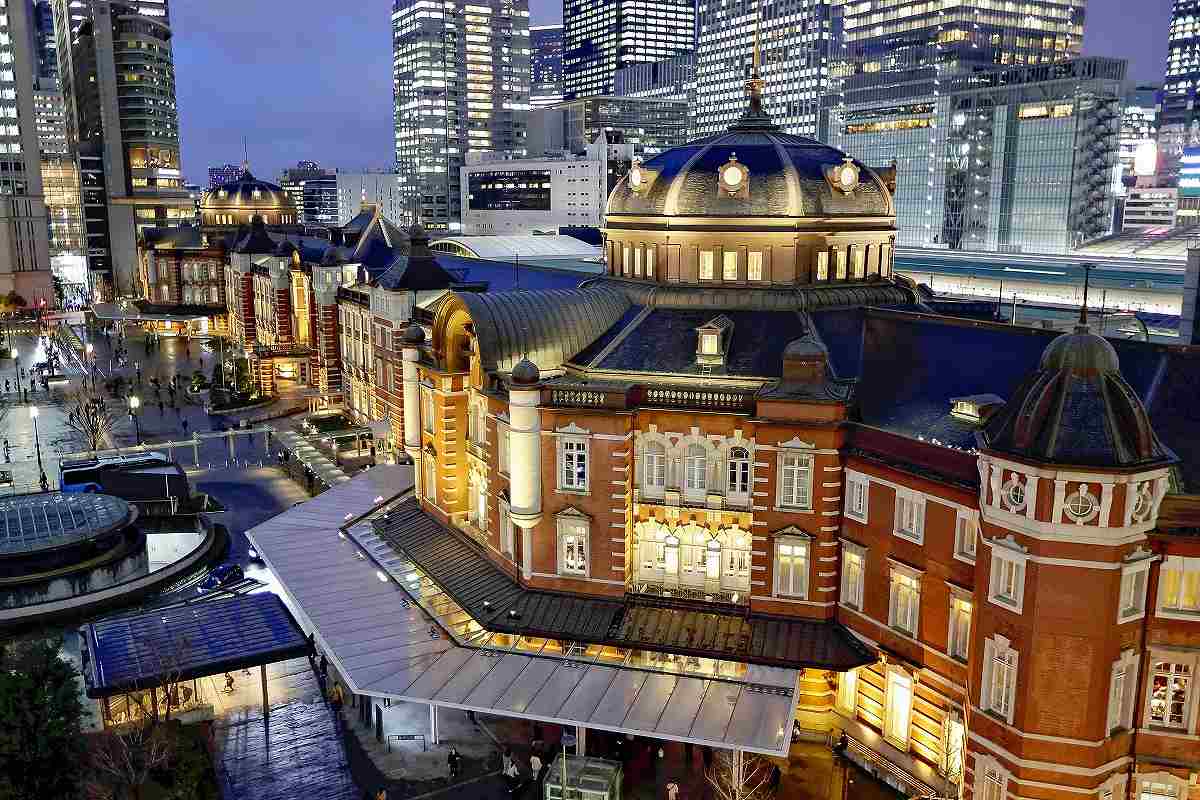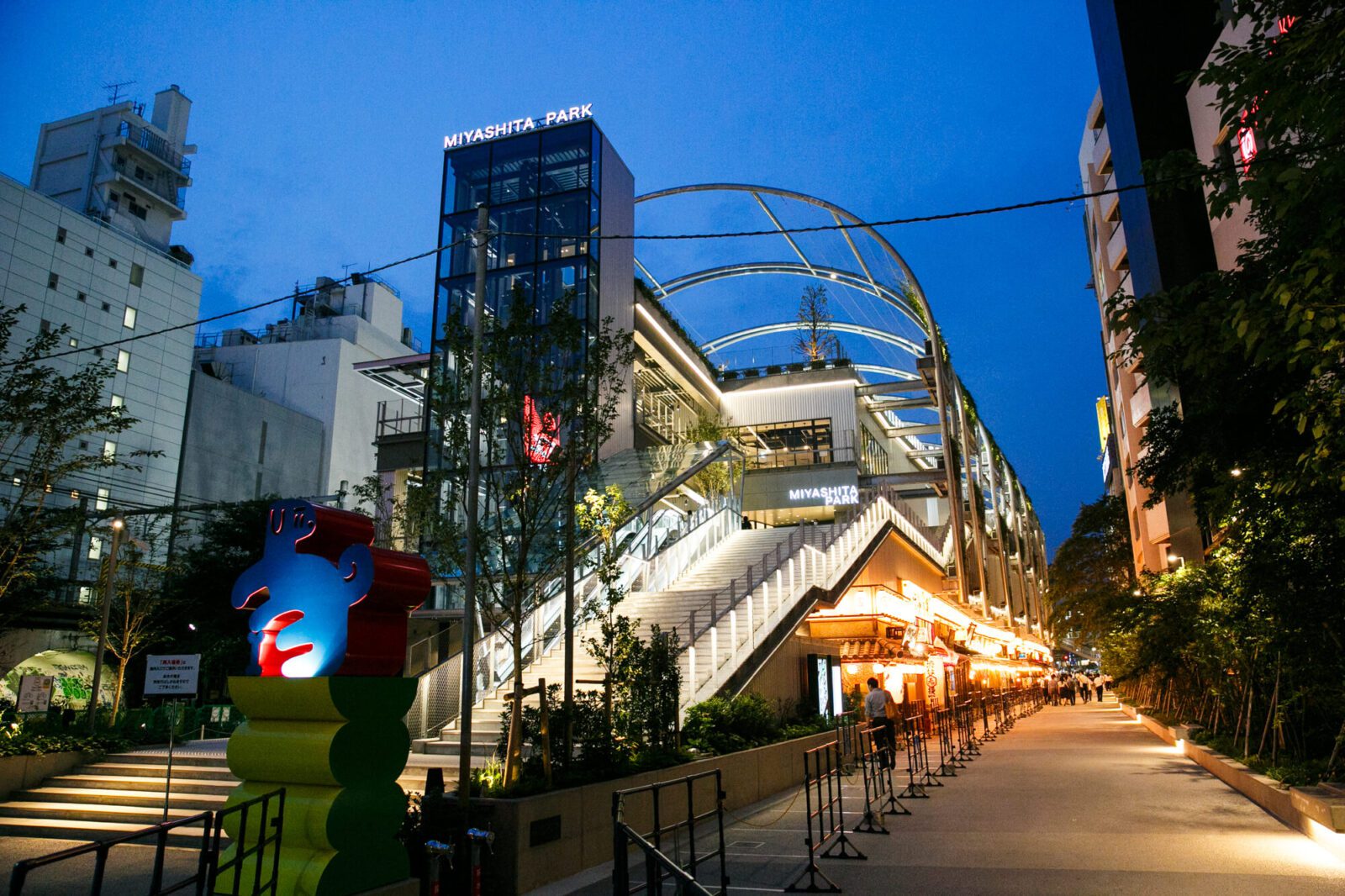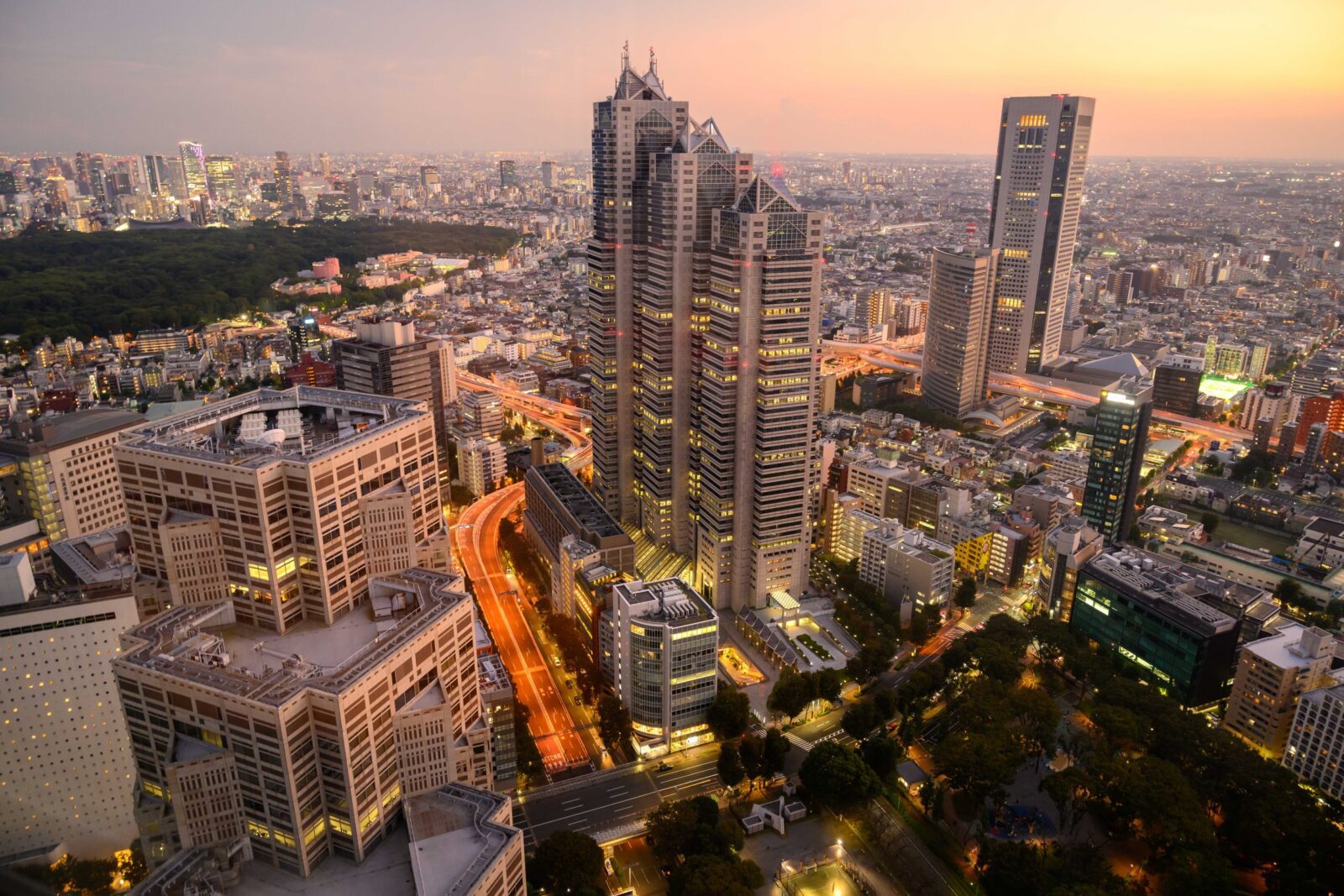Hachiko Statue
A well-known statue of a devoted dog. A favorite gathering place featuring a bronze statue in tribute to Hachiko, the famously faithful Akita dog.
Overview
The Hachiko Statue stands outside Shibuya Station, representing a famous Japanese story of loyalty.
The bronze monument honors Hachiko, an Akita dog that waited for its deceased owner at this spot for nearly 10 years. This act of devotion reflects Japanese values of loyalty and perseverance.
The statue is a popular meeting point for visitors and locals alike, with many taking photos and pausing for reflection.
It offers a moving experience, connecting people to a cherished Japanese story. The statue is accessible 24/7 and is a good starting point for exploring Shibuya.
Hachiko Statue: Where Tokyo’s Heart Waits Patiently
The Hachiko Statue in Shibuya, Tokyo, is a unique spot where history, emotion, and everyday city life come together.
The statue is a small bronze dog located next to one of the busiest train stations in the world.
Despite being in a bustling area, it serves as a calm meeting point for people reuniting with friends, couples on dates, and travelers getting their bearings before crossing the famous Shibuya Scramble Crossing.
The statue meets various needs, whether visitors are looking for a photo opportunity, a heartwarming story, or a convenient place to meet.
What Makes Hachiko Special
Hachiko isn’t just a statue; it’s a symbol of loyalty that resonates across cultures.
The real Hachiko, an Akita dog, famously waited for his owner, Professor Hidesaburo Ueno, at Shibuya Station every day.
When the professor passed away unexpectedly in 1925, Hachiko continued to wait for nearly ten years until his own death, rain or shine, earning the adoration of locals.
Today’s bronze replica—cast in 1948 after the original was requisitioned during World War II—captures that faithful pause we now associate with patience and love.
The Scene at Hachiko Plaza
The statue anchors Hachiko Plaza, a compact nook just outside the JR Hachiko Exit of Shibuya Station.
The plaza hums with a very Tokyo energy: the beep of crosswalk signals, the whoosh of buses idling nearby, and multilingual chatter as visitors queue for photos.
Benches ring the space, and the statue is often adorned with seasonal scarves or banners for local events, adding a lighthearted vibe that keeps the experience fresh.
It’s an active, welcoming square where locals and visitors mingle without fuss.
Getting There: The Easy Way Through Shibuya Station
Shibuya Station is a busy, ever-evolving transit leviathan, and finding Hachiko is surprisingly straightforward once you know the key words to follow.
Inside the JR section, look for signs that read “Hachiko-guchi” (Hachiko Exit) or “Hachiko Square.”
For Tokyo Metro and private railway lines, follow signage for Shibuya Crossing or Hachiko Exit; when in doubt, aim for street-level exits pointing toward the scramble crossing.
Step-by-Step Directions
From JR lines like the Yamanote, Saikyo, or Shonan-Shinjuku, exit via the Hachiko Exit and you’ll practically step into the plaza.
From Tokyo Metro’s Ginza, Hanzomon, or Fukutoshin lines, ride the escalators or elevators toward the northwest side of the station, following signs for the scramble crossing.
From the Keio Inokashira Line, walk toward the JR concourse and then out the Hachiko Exit.
If you see the iconic five-way crossing and a sea of cameras, you’re close—Hachiko sits just to the northwest of the intersection.
Transit Tips to Save Time
Morning arrivals before 10 a.m. make navigation a breeze, especially on weekdays.
If you’re carrying luggage, use the elevators dotted around the station; Shibuya is well-equipped for step-free travel.
For cashless ease, load an IC card (Suica or PASMO) to breeze through gates and buses.
And if you’re linking up with friends, have them meet at Hachiko Plaza and share a pinned map location—cell reception is excellent.
The Story Behind the Statue
Before diving into photos and queues, it’s worth pausing to honor the story that draws millions to this spot.
Hachiko belonged to Professor Ueno of the University of Tokyo and escorted his owner to Shibuya Station each morning, returning in the evening for the man’s homecoming.
After the professor’s death in 1925, Hachiko continued his daily vigil until 1935, becoming a local legend and eventually a national symbol of steadfast devotion.
A Monument Born of Community Love
The first Hachiko statue was unveiled in 1934, with Hachiko himself in attendance—imagine that proud tail wag.
Wartime shortages led to its removal, but the community’s affection didn’t fade.
In 1948, artist Takeshi Ando, son of the original sculptor, cast the statue we see today.
The result is more than metal; it’s an anchor in the city’s collective memory, greeting each generation anew.
Where to Explore the Legacy
If Hachiko’s story tugs your heartstrings, consider a follow-up excursion to the University of Tokyo’s Yayoi campus, where a tender statue depicts Hachiko reunited with Professor Ueno.
You’ll also find Hachiko references in local literature, films, and even in cozy souvenirs from nearby shops. It’s a narrative that keeps rippling outward across time.
What to Do at Hachiko (Beyond the Snapshot)
You might assume this is a quick photo-op and go, but the plaza invites you to linger for a few minutes and soak up the spirit of Shibuya.
Watch the ebb and flow of people forming and reforming groups, each reunion punctuated by laughter and hugs. The statue becomes a silent emcee, presiding over thousands of micro-stories every day.
The Photo Ritual
Most visitors queue on the street-facing side for that classic portrait with the bronze dog.
The line moves quickly; even at peak times you’ll usually wait five to ten minutes.
Ask the person behind you to snap a photo and return the favor—this simple etiquette keeps the vibe friendly and efficient.
For a creative angle, try crouching low to set Hachiko against the canyon of Shibuya’s neon billboards.
Best Spots for Wider Shots
For a wider context shot that includes the statue, plaza, and a hint of the crossing, stand across the street near the corner opposite the JR exit.
Early morning light paints Hachiko with a soft glow and fewer shadows.
Blue-hour photos after sunset are also magical, balancing the statue’s warm bronze tones with the cool shimmer of Shibuya’s lights.
Etiquette at the Statue
Please don’t climb on Hachiko—those paws have plenty of patina just from gentle touches.
Keep bags tucked in to avoid bumping others, and clear the front area once you’ve got your pictures so the queue can keep flowing.
If you’re visiting with a pet, leashes are essential; the plaza is bustling and close to the roadway.
When to Visit and Crowd-Savvy Timing
Any time works—Hachiko is accessible 24 hours a day—but the feel changes with the clock and season.
Early mornings offer space and quiet moments; late afternoons and early evenings surge with kinetic energy, making for lively photos and people-watching.
Weekdays are calmer; Saturdays can be a fun spectacle but expect denser crowds and longer waits.
Seasonal Highlights
Spring is particularly delightful, with soft breezes and comfortable temperatures ideal for wandering between Hachiko, Shibuya Sky, and Yoyogi Park.
Autumn brings crisp air and rich light perfect for photography.
Summer is vibrant but humid; bring water and a hand fan.
Winter comes alive with illuminations along nearby streets, transforming the area into a glittering, cinematic set.
Nearby Attractions You Can Walk To
Shibuya rewards curiosity, and Hachiko sits at the heart of a magnetized grid of landmarks.
You can easily string together a half-day itinerary by foot and train from this single meeting point, maximizing variety without burning time in transit.
Shibuya Scramble Crossing

Just steps away, the crossing is pure theater—thousands of people crisscrossing in fluid choreography.
Take it in from street level first, then ride an escalator into a café or shopping complex for a balcony view.
If you want the ultimate panorama, book a timed slot at Shibuya Sky atop Shibuya Scramble Square.
Miyashita Park and Cat Street
Head north to Miyashita Park, a sleek rooftop space with cafés, skateboard areas, and pop-up events.
Meander east to Cat Street, a stylish promenade linking Shibuya and Harajuku with boutiques, coffee nooks, and artful window displays. Both are ideal for an unhurried urban stroll.
Meiji Shrine and Yoyogi Park
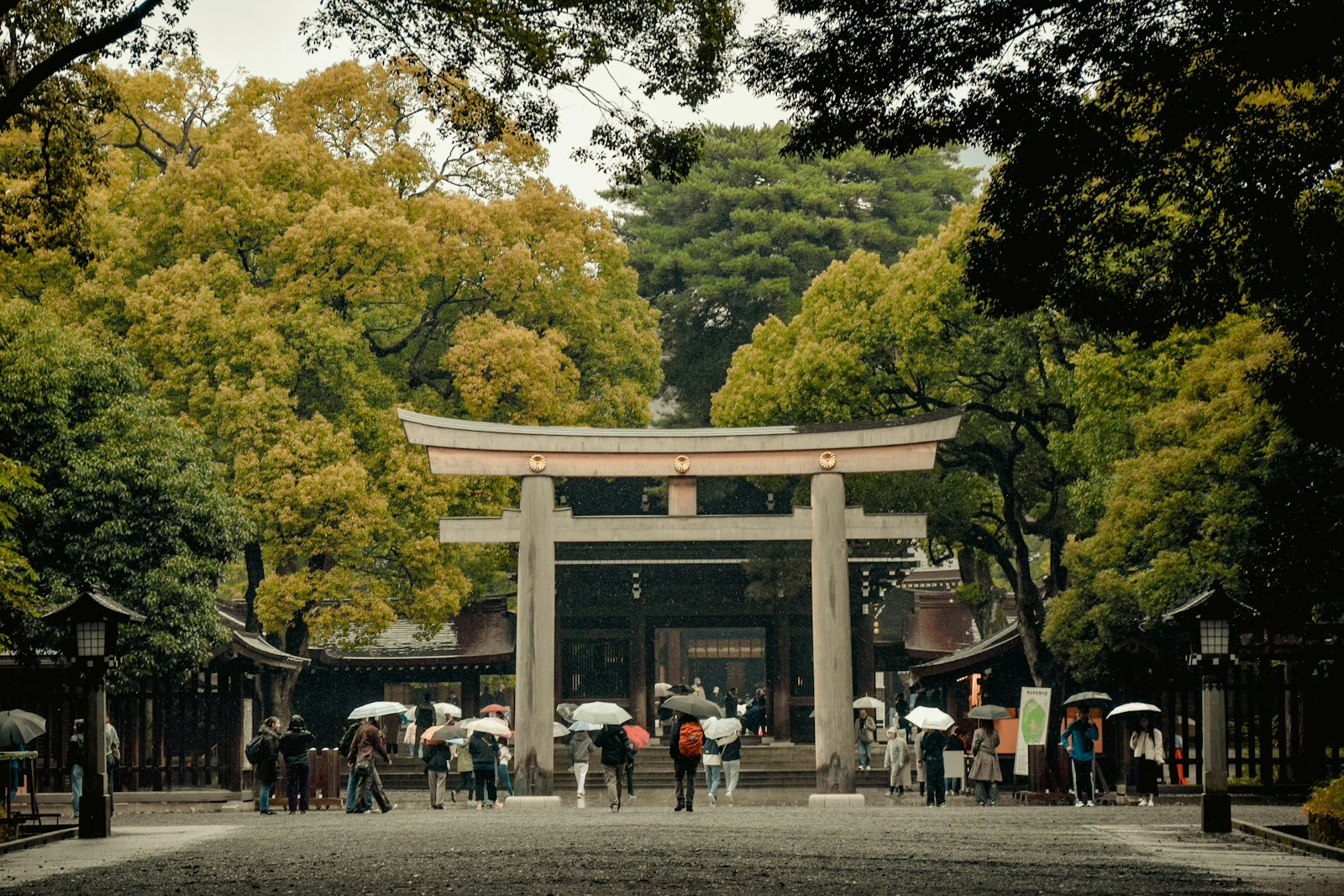
A 20–25 minute walk (or quick metro hop) lands you under towering cedars at Meiji Shrine, where the atmosphere shifts from neon to nature in a single breath.
Yoyogi Park next door is Tokyo’s backyard—perfect for picnics, seasonal festivals, and people-watching.
Shopping and Culture Hubs
Check out Shibuya Parco for creative fashion and pop culture, Tower Records for music lovers, and Shibuya Hikarie for design-forward boutiques and exhibitions.
Shibuya Stream offers riverside dining and a breezy promenade, while Center-gai drops you into the heart of youth culture.
Food and Drink Near Hachiko
Shibuya offers a variety of food options, so you can treat yourself to something tasty after taking your photo.
The area has a range of dining choices, from quick noodle shops to sit-down restaurants, all within a short 10-minute walk.
Quick Eats and Classic Bites
Slurp a smoky yuzu-kissed bowl at Afuri ramen, or duck into Ichiran for a solo-booth tonkotsu experience that’s strangely meditative.
Uobei (conveyor-belt style) is fun for groups and budget-friendly.
For sushi purists, look for a compact counter spot on backstreets where the chef’s hands move like a metronome.
Cafés for a Pause
If you need caffeine and Wi‑Fi to regroup, cafés line nearly every block.
Japanese kissaten-style coffee shops provide nostalgic charm with siphon brews and thick toast, while third-wave roasters deliver modern vibes and meticulous pours. Grab a seasonal latte and rest your feet while planning your next move.
Sweet Treats and Night Sips
Crepe stands dot the area for instant gratification, and you’ll find mochi, taiyaki, and fluffy cakes in nearby shops.
By night, rooftop bars and cozy izakaya beckon—perfect for toasting your Hachiko pilgrimage.
If you prefer non-alcoholic options, many bars now feature sophisticated zero-proof cocktails.
Accessibility and Practical Details
The plaza is flat and open, with tactile paving and step-free approaches from the station.
Elevators and wide gates are available throughout Shibuya Station’s complex, and attendants are quick to assist if you need directions.
There’s no dedicated on-site parking, but buses and taxis loop nearby, and rideshare pickups are typically arranged on adjacent streets.
Hours, Fees, and Facilities
Hachiko is open 24/7, free of charge. Public restrooms can be found inside the station and nearby shopping centers.
Convenience stores in every direction make last-minute needs—umbrellas, bottled water, memory cards—effortless.
If you want official information, the Shibuya City website and local tourist counters are reliable, up-to-date resources.
Tips for Photos, Comfort, and Safety
A few small tweaks can elevate your visit from good to great. Dress in layers if you’re visiting in shoulder seasons, and consider a compact umbrella—Tokyo’s sudden showers are legendary.
Keep valuables zipped in front pockets or crossbody bags; Shibuya is safe, but crowds are crowds.
Portable phone batteries are a lifesaver, especially if you’re navigating with maps and translation apps.
Photography Pro Moves
Arrive at dawn for moody, near-empty shots; late-night photos shimmer with reflections from rain-slick streets.
Use the statue’s compact size to your advantage: compose with leading lines from surrounding tiles and curb edges.
Try a fast shutter speed to freeze the flow of pedestrians, or a slow one to blur them into silky streams around Hachiko’s stillness.
Who Will Love Hachiko Most
Hachiko is a slam dunk for first-time visitors who want a meaningful, quick stop that grounds them in Tokyo’s story.
Dog lovers will, of course, feel an extra tug, and families find it easy to gather here before a day of urban exploration.
Solo travelers often appreciate the sense of community and the easy opportunities to ask someone to swap photos—instant human connection.
Couples, Friends, and Groups
Couples enjoy the romance of the narrative; it’s hard not to squeeze a hand while reading about Hachiko’s devotion.
Friends and groups benefit from a simple plan: “Meet at Hachiko, then decide.” The plaza makes a perfect launchpad for spur-of-the-moment adventures.
Sample Itineraries Starting at Hachiko
You can build flexible half-day or full-day plans with Hachiko as your rally point.
The beauty of Shibuya is that your next great stop is always a short walk or a single station away.
Half-Day: Icons and Views
- Hachiko Statue for photos and a quick coffee
- Shibuya Scramble Crossing from street level and above
- Shibuya Sky for skyline vistas
- Lunch at Miyashita Park or Shibuya Stream
Full Day: Culture and Nature Blend
- Start at Hachiko, then explore Center-gai and Parco
- Walk Cat Street to Harajuku, browse boutiques
- Visit Meiji Shrine and stroll Yoyogi Park
- Return to Shibuya for dinner and a nightcap
Local Insights and Little Joys
Part of Hachiko’s magic is how it breathes with the city.
On some mornings, you may see locals laying small flowers; on certain holidays, the statue might don a scarf or sash celebrating community events.
Street performers occasionally animate the nearby corners, adding a soundtrack to the ritual of arrivals and departures.
Language and Signage
You’ll find abundant English signage around Shibuya Station, along with Korean and Chinese in many places.
If you get turned around, station staff are used to the question “Hachiko?”—they’ll point you in the right direction with a smile.
A quick glance at a map app will show the statue just northwest of the scramble crossing, by the Hachiko Exit.
Respecting the Space and the Story
It’s tempting to rush in and out, but take a beat to absorb the emotion that still lingers here. Imagine a decade of daily waiting, a wagging tail at dusk, and the quiet understanding between a person and their dog.
It puts the whole city into perspective: a metropolis that values devotion as much as dynamism.
The Human Thread
As you walk away toward neon canyons or leafy shrines, you’ll carry a small, steady warmth from Hachiko’s tale.
It’s that gentle reminder that loyalty can be a radical act—patient, ordinary, and profoundly moving. We think that’s the perfect way to begin or end a day in Shibuya.
Final Tips and Handy Info
Hachiko is effortless to add to any Tokyo itinerary: it’s free, open all day, and smack in the middle of one of the capital’s most connected hubs.
Plan a 10–20 minute stop for photos and people-watching, then springboard to shopping, culture, or nature.
If Tokyo had a living room, this little plaza would be a well-worn armchair—familiar, welcoming, and always ready for the next hello.
Attraction Types
Related Tours
Powered by
Related Tours
Powered by
Related Tours
Powered by
Things to Know
- Onsite services
- Wheelchair accessible entrance
- Wheelchair accessible parking lot
Our Notes & Verdicts
Our Rating: 4.8
We’ve lost count of how many times we’ve used Hachiko as our rendezvous point in Shibuya, but every visit still gives us a tiny pinch of wonder.
The statue is modest, the crowd is international, and yet the feeling is distinctly local—like stepping into a story the whole neighborhood knows by heart.
We love arriving a few minutes early, sipping coffee on a bench, and watching reunions unfold. It’s people-watching gold and a sweet reminder that Tokyo’s soul is as warm as it is fast-paced.
On our last visit we arrived just after sunrise, and the plaza felt almost private—no queue, just soft light on bronze and the distant hum of the first buses.
We took our photos, lingered for a moment of quiet, and then dove into a day of Shibuya meandering: the scramble crossing, a ramen stop, and a breezy walk up to Miyashita Park.
Hachiko always sets the tone for us—grounded, grateful, and ready for the city’s joyful rush.
🏨 Related Accommodations
-
Hotel New Otani Tokyo Executive House Zen
4-1 Kioi-Cho, Tokyo 102-8578, Japan
-
The Okura Tokyo
2-10-4 Toranomon, Minato-ku, Tokyo 105-0001, Japan
-
Aman Tokyo
The Otemachi Tower, 1 Chome-5-6 Ōtemachi, Chiyoda City, Tokyo 100-0004, Japan
-
Imperial Hotel Tokyo
1-1-1 Uchisaiwaicho Chiyoda-ku, Tokyo 100-8558, Japan
-
The Prince Gallery Tokyo Kioicho, a Luxury Collection Hotel
1-2 Kioi-Cho Chiyoda-ku, Tokyo 102-8585, Japan
Not sure which hotel to select? Try these hotel search engines below
🍽️ Related Restaurants
-
Sushizanmai Tsukijiekimae-Ten
3-11-9 Tsukiji Square bldg1F, Tsukiji, Chuo 104-0045 Tokyo Prefecture
Sushi, Healthy
-
-
Sushi Saito
1-4-5 1F Ark Hills South Tower, Roppongi, Minato 107-0052 Tokyo Prefecture
Japanese, Seafood
-
-
Operating Hours
Location
Nearest Train Station(s)
Shibuya Station
Nearest Bus Stop(s)
Shibuya Station Hachiko-mae Bus Stop, Shibuya Station West Exit Bus Terminal, Shibuya Station East Exit Bus Terminal
Tokyo Trip Add-Ons
Equip yourself for the ultimate Tokyo adventure with the following add-ons, curated just for you.
Frequently Asked Questions (FAQs)
The story behind the Hachiko statue is deeply touching and centered on the extraordinary loyalty of an Akita dog named Hachiko. Hachiko belonged to Professor Hidesaburo Ueno and used to accompany him to Shibuya Station in Tokyo.
Tragically, the professor passed away suddenly in 1925, but Hachiko continued to wait for his master’s return at the station every day for nearly 10 years, unaware that he would never come back.
Over time, the dog’s faithful vigil captured the hearts of the public and became a symbol of loyalty and devotion. In recognition of his unwavering faithfulness, a bronze statue of Hachiko was erected outside Shibuya Station in 1934, becoming a celebrated cultural landmark in Tokyo.
As for whether the Hachiko statue is worth visiting, many visitors find it a poignant and meaningful spot.
The statue stands right outside Shibuya Station, a bustling area popular with locals and tourists alike.
People are often moved by the story it represents, making it not just a photo opportunity but also a place for quiet reflection on loyalty and love.
The site is also a popular meeting point in Shibuya, surrounded by vibrant city life, shops, and eateries, so it provides a lovely cultural experience.
Although the statue itself is relatively small, it holds great emotional significance and is cherished by locals and travelers, making it definitely worth a visit when exploring Tokyo.
Disclaimer
While we at Tokyo Trip Guide do our best to show you accurate prices, we just can't promise they'll stay the same. Here's why: since we're not actually selling anything ourselves - we work with partner companies who set their own prices - we can't control what deals they offer. That's why it's best to check directly with our suggested deal providers to see their latest prices for attraction tickets.
Just so you know, if you end up buying something from the providers we list here, we might get a small commission. We'd be really happy if you used our recommended links to make your bookings!

